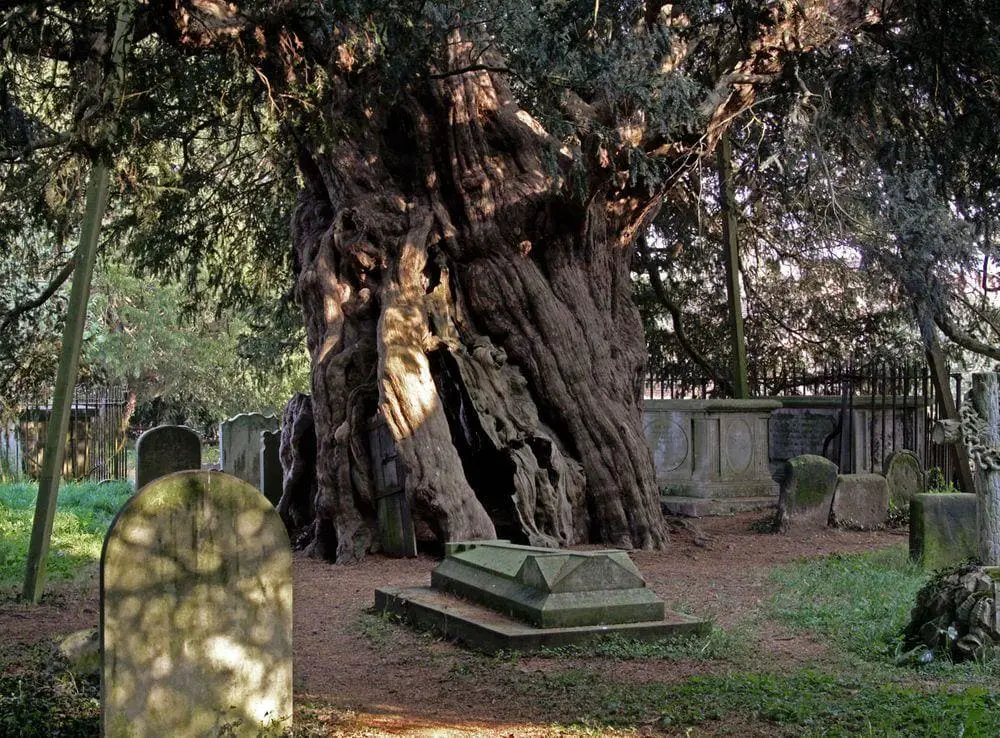World 🢖 Europe 🢖 United Kingdom 🢖 Wales 🢖 Powys
Wonder
Defynnog Yew
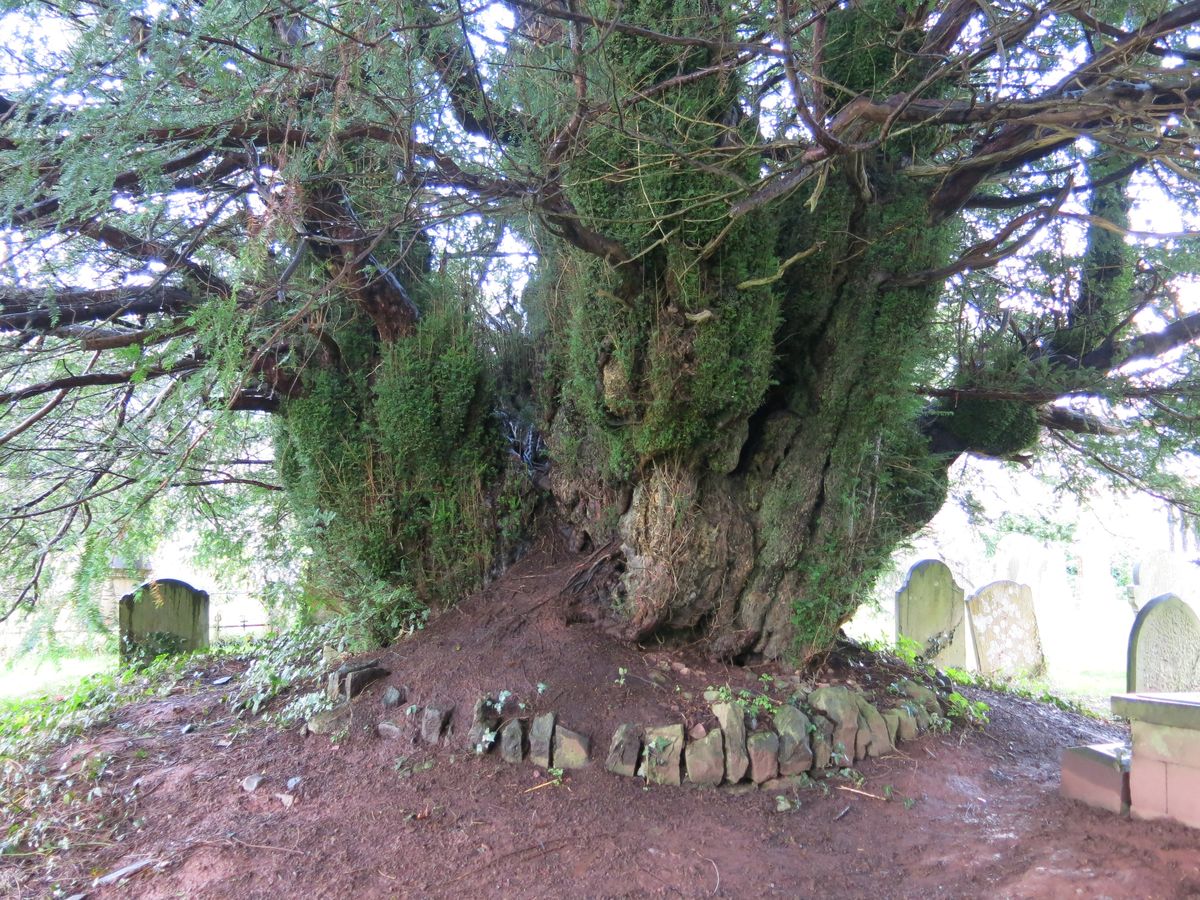
 In short
In short
At the medieval St Cynnog’s church in the little Defynnog village is located a wonder of nature – a giant yew tree with a circumference of 10.06 m in its narrowest place. There are several large yew trees in Defynnog, but this is the largest and thus here it is named simply – Defynnog Yew.
 39.8%
39.8%
GPS coordinates
Location, address
Species
Circumference
Age
Map of the site
If you see this after your page is loaded completely, leafletJS files are missing.
 In detail
In detail
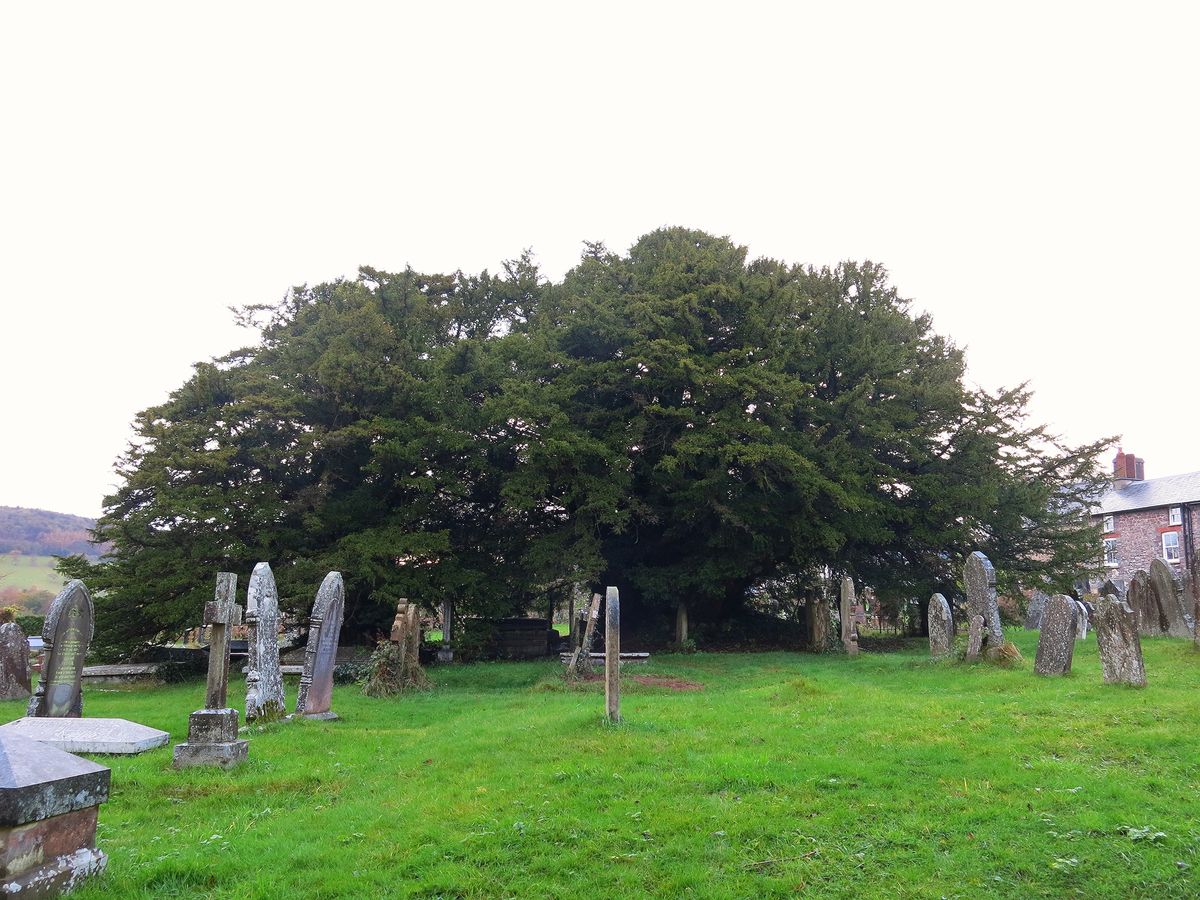
There are four large yew trees in the churchyard of the medieval St Cynnog’s Church but, by far the best known and largest stands in the central part of the graveyard.
It is characteristic that the circumference of old yew trees is quite hard to measure – trees have several trunks, and the trunks are gnarled, with additional branches and with hollows. The trunk of Defynnog Yew is exactly like this. As a result, at the ground level, its circumference is 10.06 m (September 2014) (2), at 0.6 m – 11.58 m, at 1.5 m – some 11.5 m (1). When measuring the circumference of the tree trunks, as a basis is taken the narrowest place until the height of 1.3 m – thus the more exact result is the smallest: 10.06 m.
The other trunk nearby is also very large: its circumference is 6.29 m (2).
This giant tree over the last decades has been declared to be 5 000 years old, a kind of Tree of Life! But a closer look leads to a somewhat less sensational age (2).
Most discussions are linked to the fact that close to the largest trunk stands the other, a 6.29 m large trunk. Both trees form a joint canopy and also genetic analysis shows that both trunks belong to a single tree.
Thus: if both trunks would be fragments of a single trunk of a once enormous tree, then its age would be fantastic: around 5 000 years!
But, almost certainly, the smaller tree has been formed by layering, when a branch of the older tree reaches the ground and then grows its own trunk.
As a result – the age of the largest tree could be at least 1 300 years but not more than 3 000 years. (2). Which is a huge lot!
References
- European Yew near the border of the church St. Cynog, Defynnog, Wales, United Kingdom, Monumental Trees. Accessed on February 19, 2022
- Toby Hindson, Addressing the claim that the Defynnog yews in Powys may be 5,000 years old, Ancient Yew Group (AYG). Accessed on December 27, 2022
- Yew/Yews at Defynnog Wales, Ancient Yew Group (AYG). Accessed on December 27, 2022
Defynnog Yew is included in the following article:
 Linked articles
Linked articles
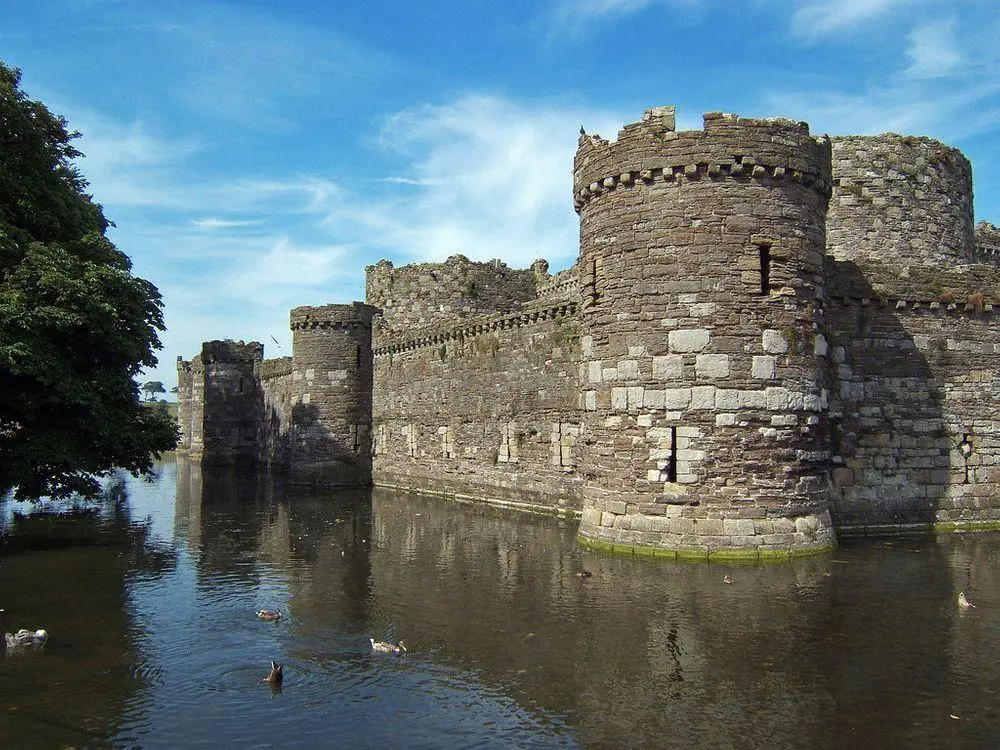
Wonders of Wales
In Wales are located some of the most beautiful caves and waterfalls in the United Kingdom but even more are some of the world’s most impressive castles as well as medieval towns, palaces, and interesting archaeological monuments.
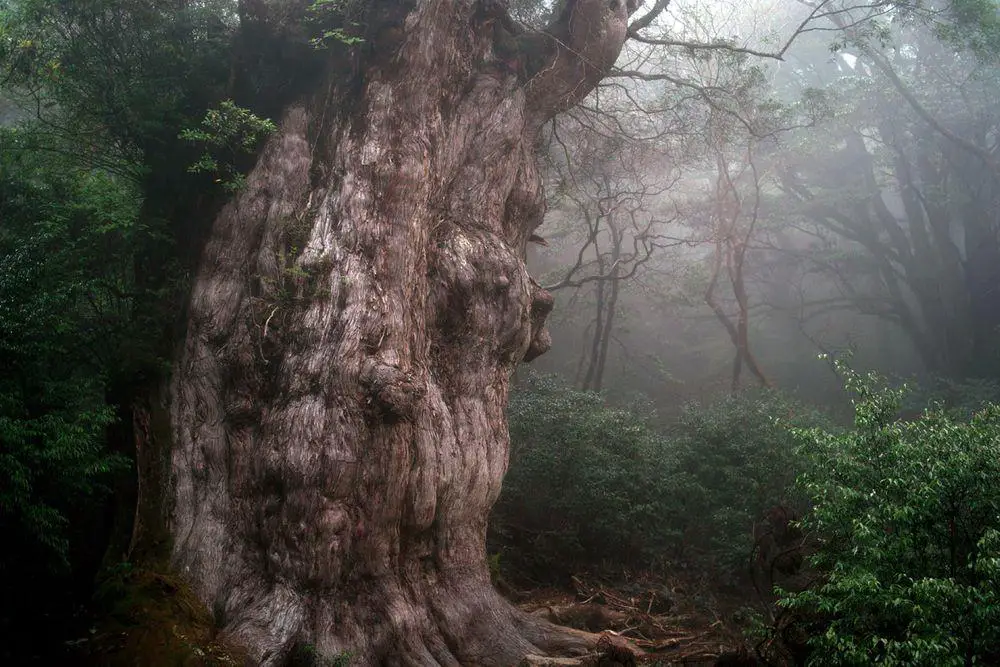
Trees
The category includes some of the most impressive and interesting separate trees in the world. The total number of tree species in the world still is a wild guess – maybe 10,000 and maybe 100,000 but most likely somewhere in between. Every month there are reported new tree species from the whole world, including Western Europe.

Wonders of the United Kingdom
Throughout many centuries the United Kingdom has enjoyed relative political stability and wealth. As a result, humans have created here countless amazing and well-preserved values of art and history.
 Recommended books
Recommended books
Yew: A History
The yew is one of the most fascinating and versatile life forms on Earth, botanically rich and intriguing, and culturally almost without comparison. This impressive study of the yew reveals that in history, mythology, religion, folklore, medicine, and warfare, the yew bears timeless witness to a deep relationship with mankind. It is the tree that Darwin often rested beneath and under which he wanted to be buried.
The Ancient Yew: A History of Taxus baccata
The gnarled, immutable yew tree is one of the most evocative sights in the British and Irish language, an evergreen impression of immortality, the tree that provides a living botanical link between our own landscapes and those of the distant past. This book tells the extraordinary story of the yew’s role in the landscape through the millennia, and makes a convincing case for the origins of many of the oldest trees, as markers of the holy places founded by Celtic saints in the early medieval ‘Dark Ages’.

